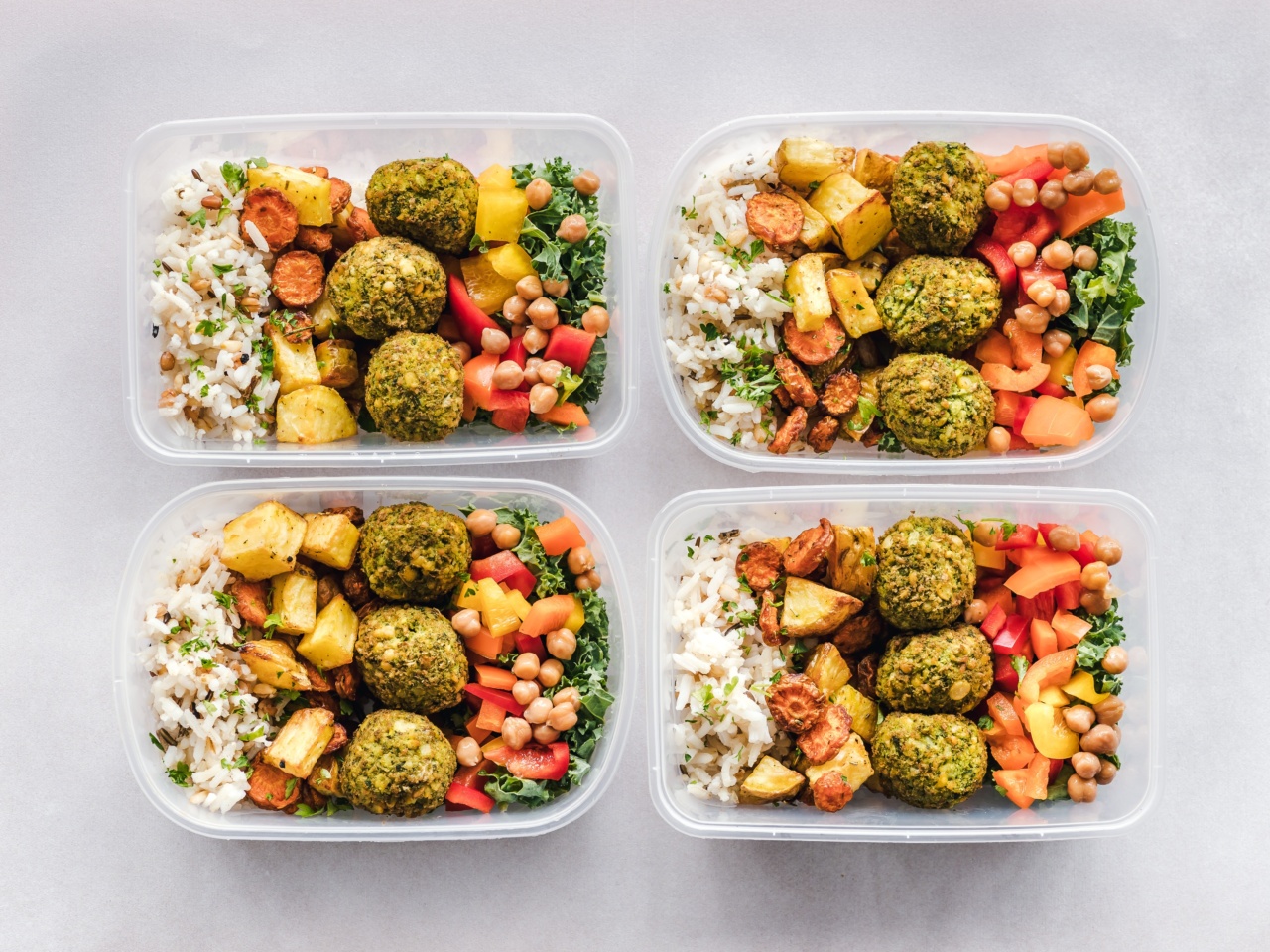As the new year begins, many of us are looking to adopt healthier habits and make better choices when it comes to our nutrition.
Healthy eating is not about strict diets or depriving ourselves of our favorite foods, but rather about making small, sustainable changes that can have a big impact on our overall wellbeing. In this article, we will explore some easy ways to embrace healthy eating in 2016.
1. Make a Meal Plan
One of the easiest ways to ensure healthy eating is to create a weekly meal plan. This allows you to make a shopping list and avoid impulse purchases of unhealthy items.
Plan your meals around fresh, wholesome ingredients like fruits, vegetables, whole grains, lean proteins, and healthy fats.
2. Cook at Home
When you cook your meals at home, you have control over the ingredients that go into your dishes. This way, you can avoid excessive salt, sugar, and unhealthy fats often found in restaurant meals or processed foods.
Plus, cooking can be a fun and creative way to relax and unwind after a long day.
3. Choose Whole Foods
Whole foods are the building blocks of a healthy diet. These are foods that are as close to their natural form as possible, without any processing or added ingredients.
Fill your plate with fruits, vegetables, whole grains, legumes, nuts, and seeds to provide your body with essential nutrients.
4. Incorporate More Fruits and Vegetables
Fruits and vegetables are packed with vitamins, minerals, and antioxidants that are essential for our health. Aim to include a variety of colors in your meals, as different hues indicate different nutrients.
Try adding berries to your breakfast, a colorful salad for lunch, and roasted vegetables for dinner.
5. Drink Plenty of Water
Staying hydrated is crucial for maintaining good health. Make it a habit to drink water throughout the day, and limit the consumption of sugary drinks like sodas and juices.
If you find plain water boring, you can infuse it with fruits, herbs, or cucumbers to add flavor.
6. Read Food Labels
Understanding food labels can help you make informed choices about the products you buy. Be wary of hidden sugars, unhealthy fats, and artificial additives. Focus on the ingredient list and opt for foods with minimal, recognizable ingredients.
7. Practice Portion Control
Eating the right portions is just as important as choosing healthy foods. Pay attention to serving sizes and avoid filling your plate with more than you need.
Listen to your body’s hunger and fullness cues, and stop eating when you feel satisfied, but not stuffed.
8. Limit Processed Foods
Processed foods are often high in unhealthy additives like preservatives, artificial flavors, and trans fats. While it may not be feasible to eliminate them entirely from your diet, try to limit their consumption.
Opt for whole, unprocessed alternatives whenever possible.
9. Prepare Healthy Snacks
Snacking can be a part of a healthy eating plan, as long as you choose nutritious options. Keep a supply of fresh fruits, vegetables, nuts, or yogurt on hand to satisfy your cravings between meals.
This can help prevent reaching for unhealthy snacks like chips or cookies.
10. Practice Mindful Eating
In today’s fast-paced world, we often eat on the go or while multitasking. This can lead to mindless eating and overeating. Instead, practice mindful eating by savoring every bite, chewing slowly, and paying attention to how the food makes you feel.
This can help you develop a healthier relationship with food.
Conclusion
Adopting healthy eating habits does not have to be complicated or overwhelming. By making small changes consistently throughout the year, you can improve your overall wellbeing and feel your best in 2016.
Embrace whole, nutritious foods, cook at home, and listen to your body’s needs. Remember, healthy eating is a lifelong journey, and every small step counts!.






























